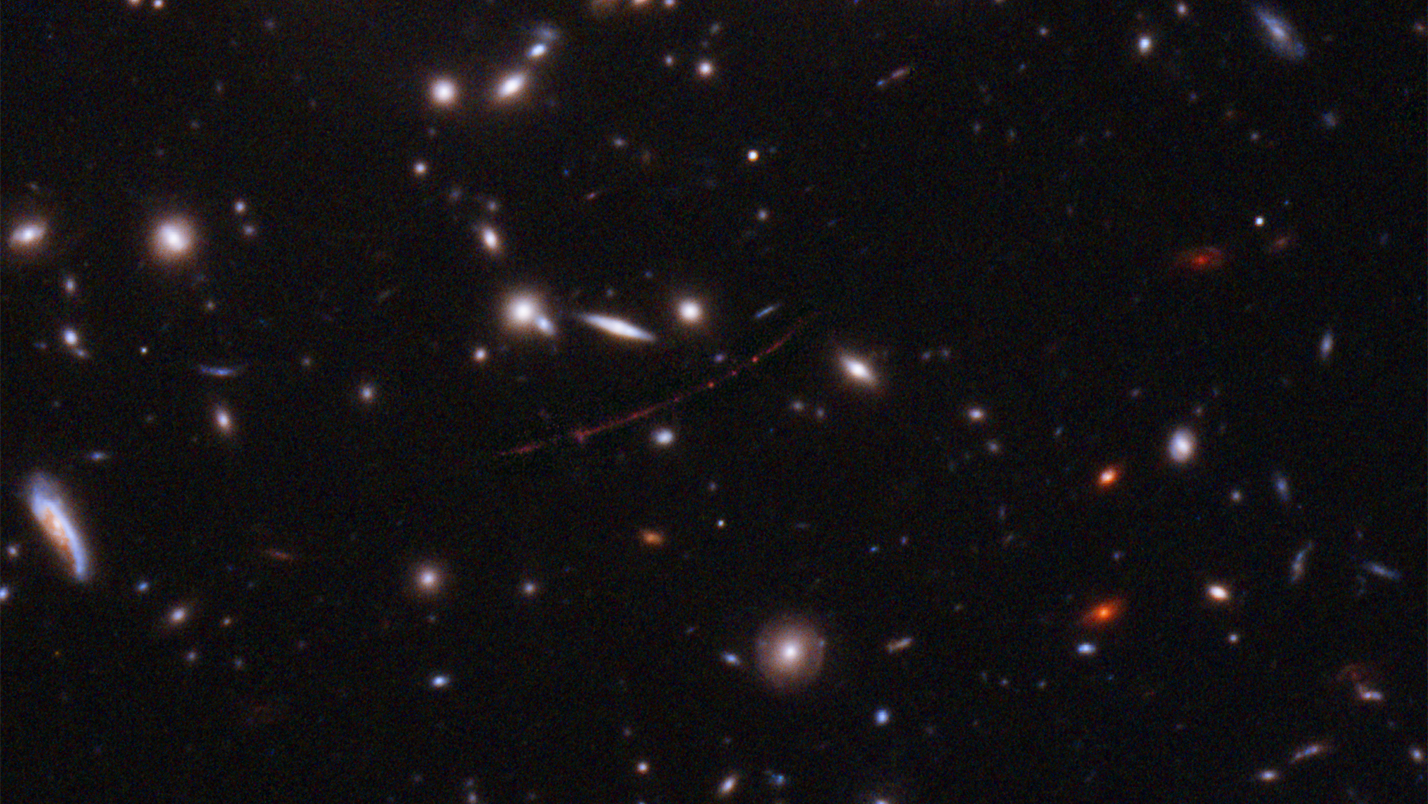NASA’s Hubble Space Telescope has managed to capture an image of one of the most ancient stars yet. Nicknamed Earendel, the star is named after the old English term for the “morning star” or “rising light”, National Geographic notes.
Discovering a new star is cool and all, but what makes this discovery so special is just how old astronomers believe it to be, and how far away it is.
This is one of the most ancient stars we’ve discovered so far
Astronomers estimate Earendel formed just 900 million years after the Big Bang. That means the star formed shortly after the universe emerged from an age of complete darkness. This would have been shortly after the first galaxies were starting to form and evolve.
Further, astronomers say the light from this star took 12.9 billion years to reach Earth. This makes it the furthest star we’ve discovered so far. It’s an exciting find and one that bests the previous record-holder by quite a lot.
Previously, the farthest star we’d discovered took 9 billion years for its light to reach the Earth. It was found to have existed roughly 4.3 billion years after the Big Bang. That star was known as Icarus. With this new discovery, though, we’ve discovered an even farther star. What’s more, astronomers believe that Earendel is massive, at least 50 times more massive than our own Sun.
The astronomers published a study on the star in the journal Nature. They were able to get a closer look at the ancient star thanks to the alignment of the star and an intervening galaxy cluster. This allowed the astronomers to take advantage of gravitational lensing, which magnified the star exponentially.
Looking into the past

Part of what makes this discovery so amazing is because of how astronomers achieved it. Studying parts of the distant universe is basically like looking into the past. Because it takes so long for light to travel across space, scientists are able to see faraway stars as they appeared millions or even billions of years ago.
By looking through a cluster of galaxies, and using gravitational lensing, scientists were able to see how Earendel would have looked all those billions of years ago. It’s an intriguing way to explore the deep reaches of space and time. And, it is just one of many new ways we’ve developed over the past decades.
This discovery was part of a larger mission to explore faraway galaxies and ancient stars as they would have looked in the early days of reionization. That’s the period when the first light within the universe began to appear, helping things evolve into the universe that we see today. It’s a time that we know relatively little about, though recent simulations have helped shed some light on the unknown.
Many astronomers believe that Earendel is a single star. However, it’s also possible that the galaxy it rests in is a multi-star galaxy. In fact, they say that it’s probable that the object is a compact system of two or three ancient stars. They hope that further observations of the star using the James Webb Telescope will help them determine a final outcome.
Even if it turns out to be more than one star, finding such an ancient star is exciting. It’s even more exciting when you consider how far away it is from our own world.








